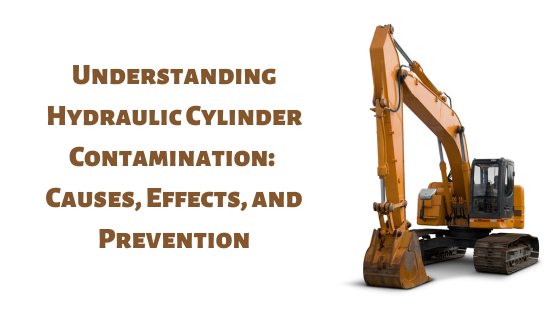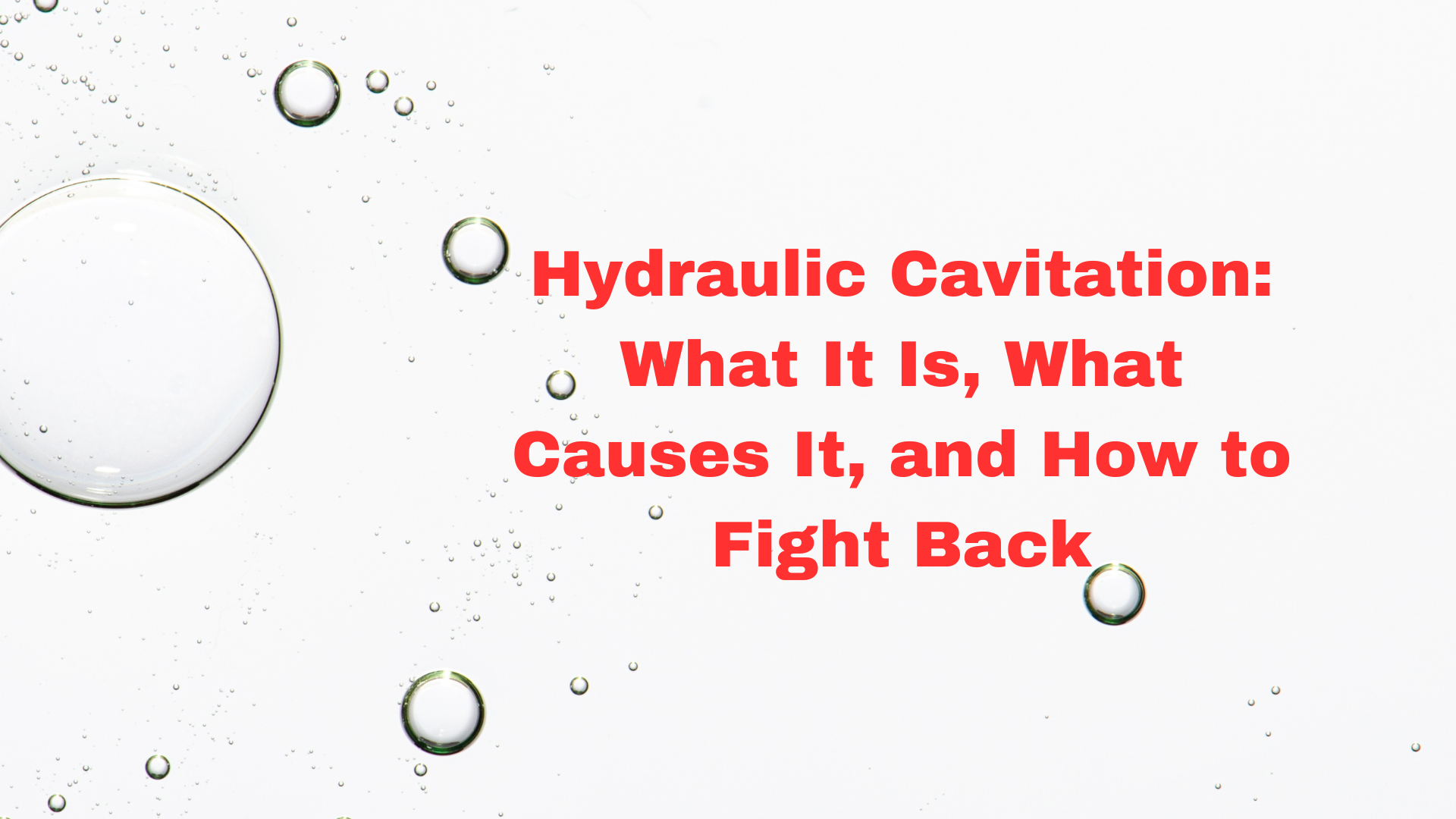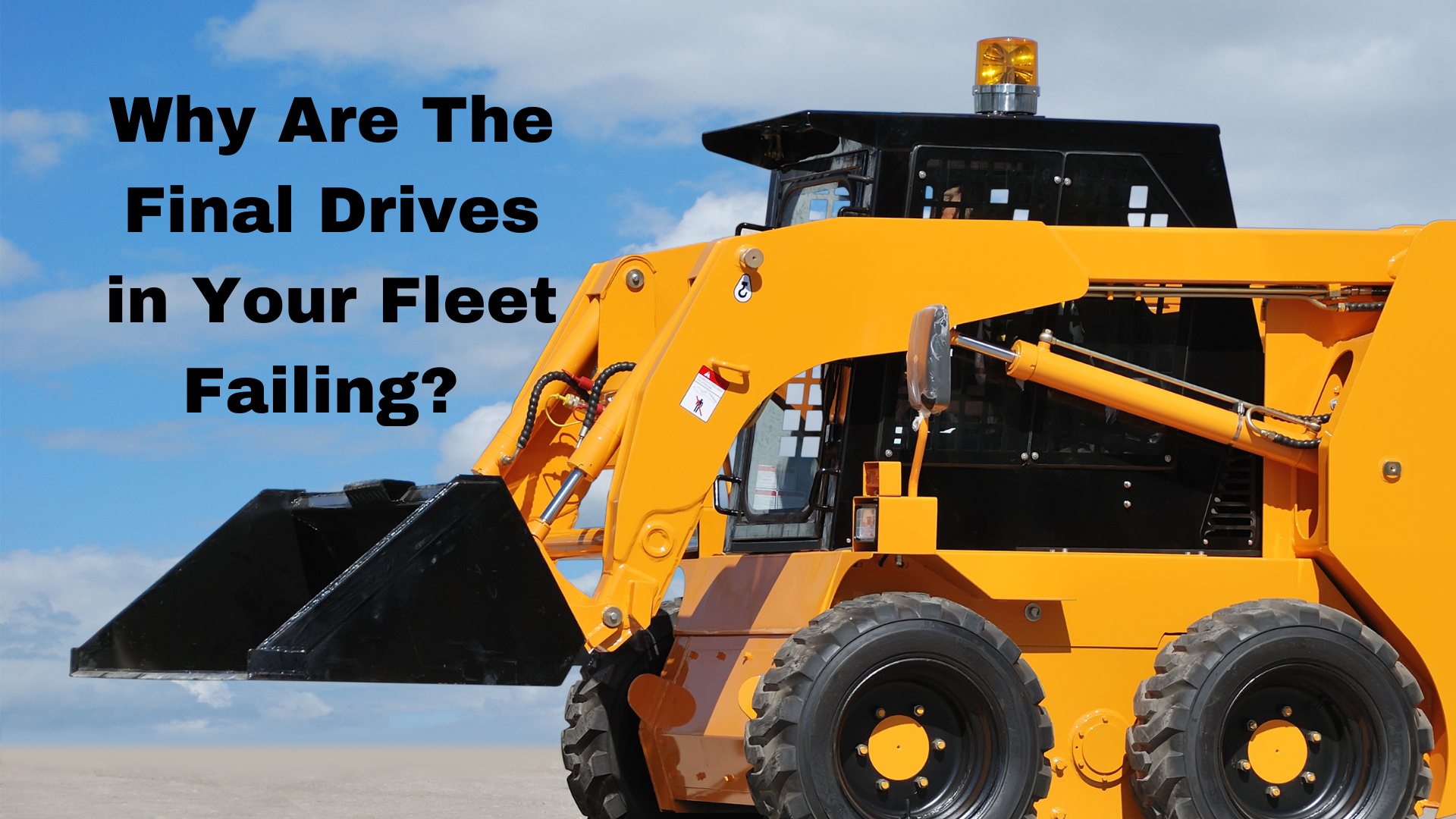Understanding Hydraulic Cylinder Contamination: Causes, Effects, and Prevention
Posted by Dr. Sara McCaslin on Oct 6th 2024
Hydraulic cylinders are a common site in both compact and heavy equipment. However, their efficiency and lifespan heavily depend on the hydraulic system's cleanliness. Contamination is a leading cause of cylinder failure, with particles, water, and other impurities causing significant damage over time.

This kind of contamination leads to expensive repairs and costly downtime, as well as a decrease in performance. In this Shop Talk Blog post, we emphasize regular maintenance as the primary strategy to deal with these issues. We look at what causes hydraulic cylinder contamination, its detrimental effects, and recommended strategies to prevent it from undermining your system’s performance.
Here are a few other Shop Talk Blog posts you might find interesting:
- Are You Aware of These Sources of Hydraulic Contamination?
- When to Change Out Your Hydraulic Fluid
- Final Drive Cores and the Remanufacturing Revolution
What is Hydraulic Cylinder Contamination?
Hydraulic contamination leads to various issues within a hydraulic system for all components, ranging from hydraulic motors to hydraulic cylinders. Contamination refers to ingress of material that is not supposed to be in the hydraulic fluid. These materials can include solid particles (such may be highly abrasive), water, air, chemical impurities, and more. Common sources for these contaminants include dirty hydraulic fluid, improper handling, wear, and leaking seals.
Causes of Hydraulic Cylinder Contamination
Hydraulic cylinder contamination can be classified as external, internal, or human error.
External contamination usually makes its way in through the seals. Seals keep hydraulic fluid in and environmental contaminants outside. When a seal fails, fluid leaks out, and materials such as dirt, dust, debris, and moisture can make their way inside. Water is also a major source of contamination for hydraulic cylinders, and can lead to corrosion and rust within the cylinder. Believe it or not, air is also a contaminant and can lead to spongy hydraulics.
Internal sources of contamination include rust, worn seal particles, and the results of mechanical wear from metal surfaces coming into contact with each other. In addition, the breakdown of hydraulic fluid additives (as the fluid ages or regularly overheats) forms problematic sludge and varnish.
Finally, there is human error. Just using poor maintenance practices can lead to expensive and problematic contamination. This includes failure to perform regular inspections, neglecting to replace the gilters, and tearing down equipment in the field without concern for hydraulic cleanliness.
The Impact of Contamination on Hydraulic Cylinders
Contamination can significantly impact your hydraulic cylinder system's performance. The chances of leaking seals increase, abrasive particles may abrade the seal, leading to a lack of proper lubrication and increased wear and tear. Particle contamination leads directly to accelerated piston wear, seal damage, and scoring of cylinder bores. Performance will also be impacted over time, reducing efficiency and slower operation as the cylinder struggles to do its job. Given enough time, contamination will lead to expensive catastrophic failure.
How to Prevent Hydraulic Cylinder Contamination
Now that we’ve discussed the causes and effects of hydraulic cylinder contamination, let’s see how to prevent it. Here are four suggestions:
- Regular maintenance practices:
- Routine inspection of seals, hoses, and cylinder components
- Include cylinders in daily equipment walkarounds
- Do not ignore the presence of leaks
- Replace leaking seals ASAP
- Practice hydraulic cleanliness:
- Try to avoid working on hydraulic cylinders in the field
- Have a clean workspace with clean tools
- When rags are needed, use lint-free
- Use of proper filtration:
- Install and maintain high-quality filters to capture contaminants
- Change the filters regularly
- Hydraulic fluid management:
- Use clean, suitable quality fluids -- the fluid your grandpa used will not perform well in newer components and equipment
- Try to avoid fluid contamination during top-ups or repairs
- Do not leave fluid open to the atmosphere when not in use
- Storage and handling best practices:
- Keep fluids stored in a controlled environment
- Do not let water stand on the lids of hydraulic fluid storage containers
Conclusion
Proper hydraulic maintenance can reduce downtime, save costs, and extend the life of your hydraulic equipment -- from your final drive motors to your hydraulic cylinders. And if you’re in the market for a replacement final drive motor, contact us today. We have a massive inventory, and our techs have extensive knowledge of final drive motors -- including yours. Let us help you.







